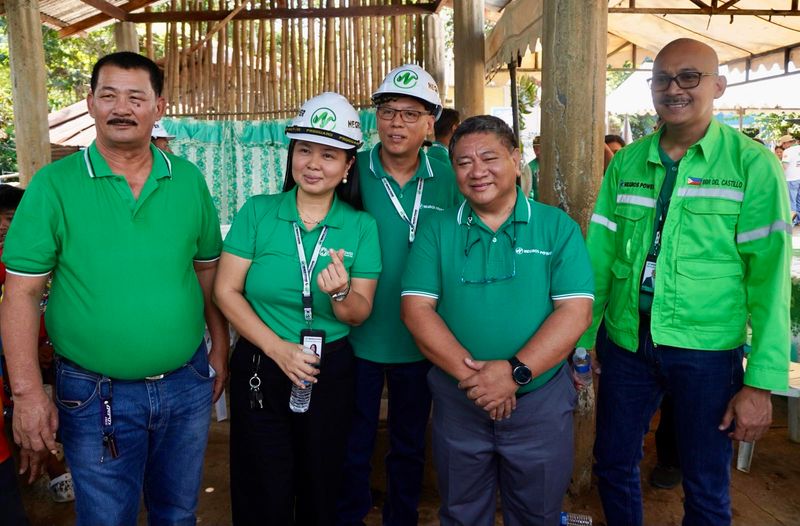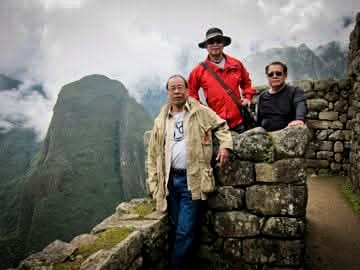News
Powering the Future: From Global Shifts to Local Sparks

As the world faces rising temperatures and increasing energy demand, momentum toward renewable power is building fast.
In 2024, the world added 585 gigawatts of renewable energy, accounting for more than 90% of all new electricity capacity. Clean energy now supplies 41% of global electricity, the highest share in decades. China alone installed over 370 GW, more than all other countries combined. Global investment in clean power is projected to reach $2.2 trillion this year, double what is being spent on fossil fuels.
The Philippines is very much part of this shift.

The Filipino Face of the Energy Transition
In cities and provinces across the country, energy providers are expanding solar supply, updating power infrastructure, and creating new ways for consumers to take part in the energy transition.
To understand how these global trends are being translated into action locally, The Upsilon Sun spoke with Brod Roel Z. Castro ’84, President of Primelectric Holdings. He leads MORE Power in Iloilo City, along with Negros Power and Bohol Light. His group is helping define what the country’s clean energy future could look like, on the ground and at scale.
A Vision Rooted in Service
For Brod Roel, energy development isn’t just about policy targets, it is about enabling real progress in the places that need it most.
“No city or province can truly grow without reliable, modern power infrastructure,” he says. “Energy isn’t just about electricity, it is about economic dignity, opportunity, and trust.”
MORE Power already sources 33% of its supply from renewables, higher than the national average. A new solar power agreement will begin supplying Iloilo by mid-2026. But Roel emphasizes that the work is not just about hitting percentages, it is about making sure the systems are in place and ready to serve.
Modernizing the Grid, Democratizing Power
MORE Power has been upgrading its grid to handle new and more variable sources of energy. It has rolled out advanced metering, digital infrastructure, and energy storage systems that help keep the system stable.
One key step was the creation of a one-stop service center for Net Metering and Distributed Energy Resources (DERs), which makes it easier for households and businesses to install solar panels and connect to the grid.
“There’s real interest in battery storage and even EV charging,” he shares. “We just need to make sure our infrastructure is ready for that demand.”
In places like Panay and Bohol, which still experience outages, these upgrades are especially critical. Power interruptions in 2024 exposed long-standing vulnerabilities. MORE Power responded by investing in grid resilience, conducting aerial inspections, deploying automated customer service tools, and modernizing field operations.
Meeting Challenges Head-On
The energy transition still faces serious hurdles. Bottlenecks in the transmission grid, slow permitting, and outdated regulations all slow progress. Financing remains difficult for many utilities. Public perception is also a challenge.
“A lot of people still think coal is cheaper,” Roel says. “But they’re not seeing the health costs, the environmental impact, or the long-term economic risks.”
In Iloilo, energy demand is growing at 13% annually. Roel and his team work to strike a balance, keeping rates affordable while continuing to invest in renewable supply and modern infrastructure.
MORE Power has been upgrading its grid to handle new and more variable sources of energy. It has rolled out advanced metering, digital infrastructure, and is now conducting studies for energy storage systems to support grid stability. In places like Negros and Bohol, which still experience outages, these upgrades are especially critical.
Lighting the Path Forward
Roel believes that local utilities, if supported, can lead the energy transition in the Philippines.
“We’re closest to the consumer. We understand what’s working, what’s not, and where the gaps are. If the national government can help by speeding up permitting and improving the transmission backbone, we can move faster.”
He points to the government’s targets of 35% renewables by 2030 and 50% by 2040. But he stresses that hitting those goals will take more than planning. It will require practical execution and collaboration on the ground.
A Message to Young Upsilonians
When asked what message he has for young professionals and fellow Upsilonians who want to help drive this transition, Brod Roel is direct.
“Don’t wait for change. Help build it. This sector needs people who understand the community, not just the technology. Real leadership happens behind the scenes—quiet, steady, and focused on getting things done.”
A Fraternity of Light
As a fraternity committed to service and leadership, we Upsilonians have a part to play in shaping the energy future—not just by watching it happen, but by helping make it happen. Whether through engineering, policymaking, investment, or advocacy, we can bring light in more ways than one.
Reflections for the Upsilonian Mind
Clean energy is not just about power—it’s about equity, inclusion, and building for the long term. As the energy landscape changes, so must we. Let us be part of the work ahead.

Sources and Resources
- International Energy Agency – Global Energy Review 2025
- International Renewable Energy Agency – Renewable Capacity Statistics
- Ember – Global Electricity Review
- MORE Power – Corporate Reports
- Interview with Brod Roel Z. Castro ’84
About the Author

Edwin O. Paña ‘69
Fellow Edwin ‘69 is a retired entrepreneur, writer, and advocate known for his thoughtful leadership and lifelong service. With a background in Forestry and Business Administration, he led successful ventures and served six terms as Board Chair of Upsilon Sigma Phi North America, earning the 2024 Tanglaw Award for Leadership. His writing—featured in Echoes of Light and his blog, EP Resource Page—reflects his commitment to sustainability, fraternity, and meaningful change. Based in Abbotsford, Canada with his wife Thelma, Edwin continues to inspire through words and quiet advocacy.


